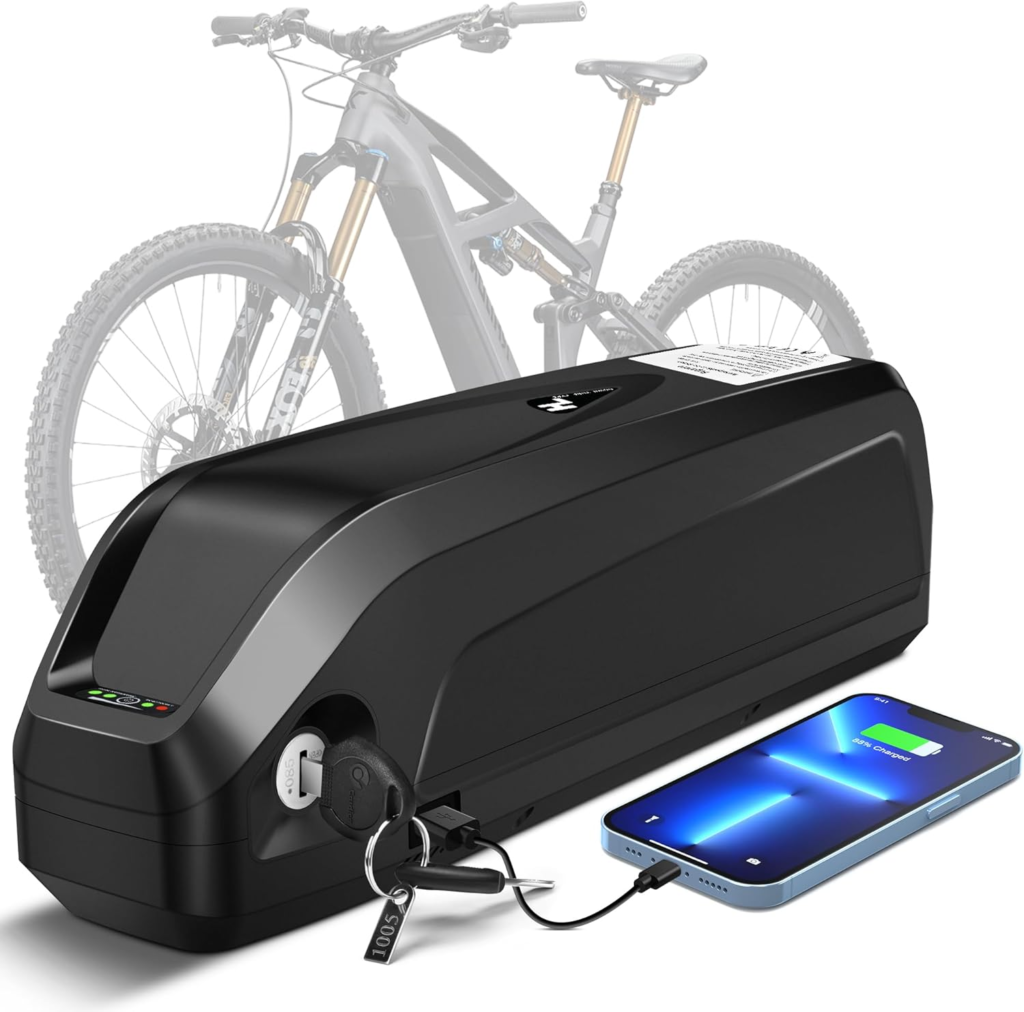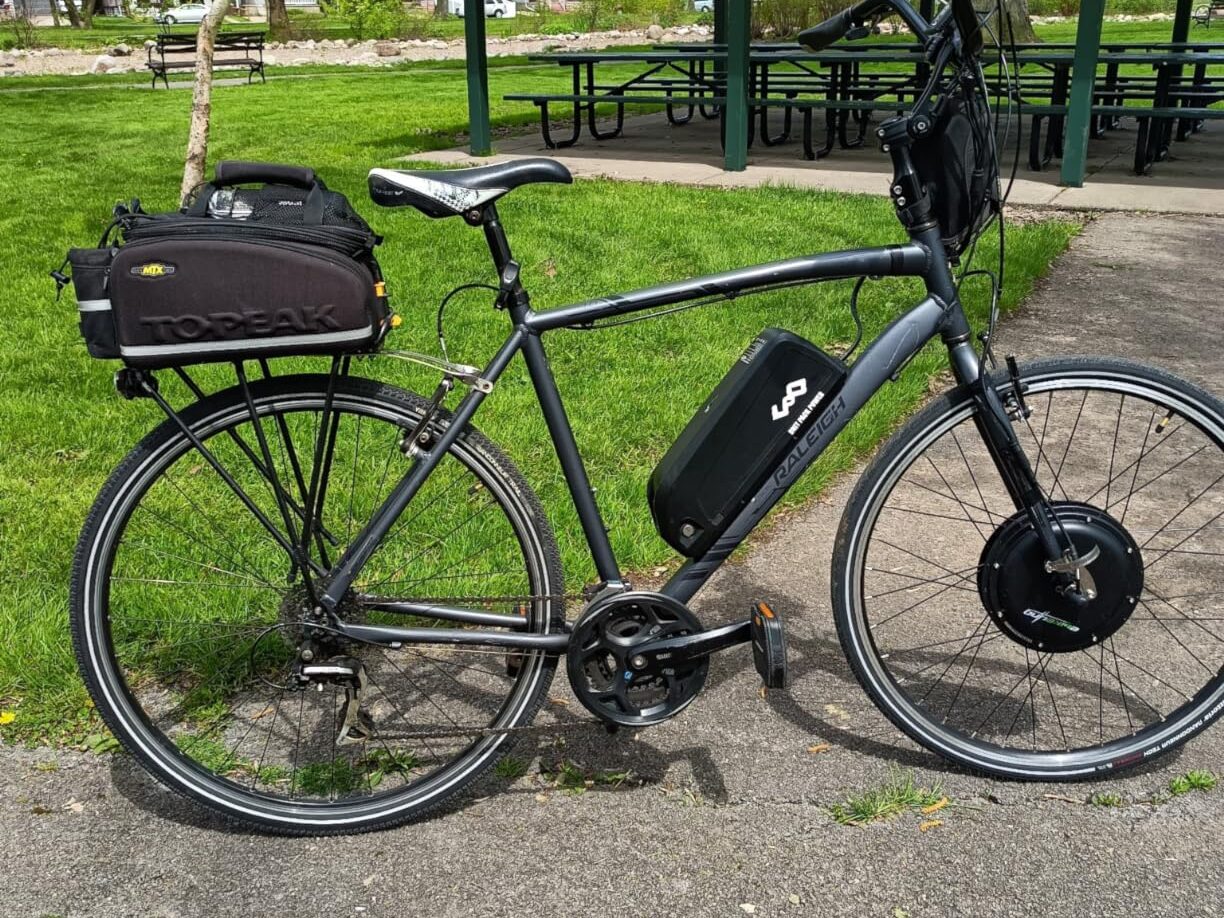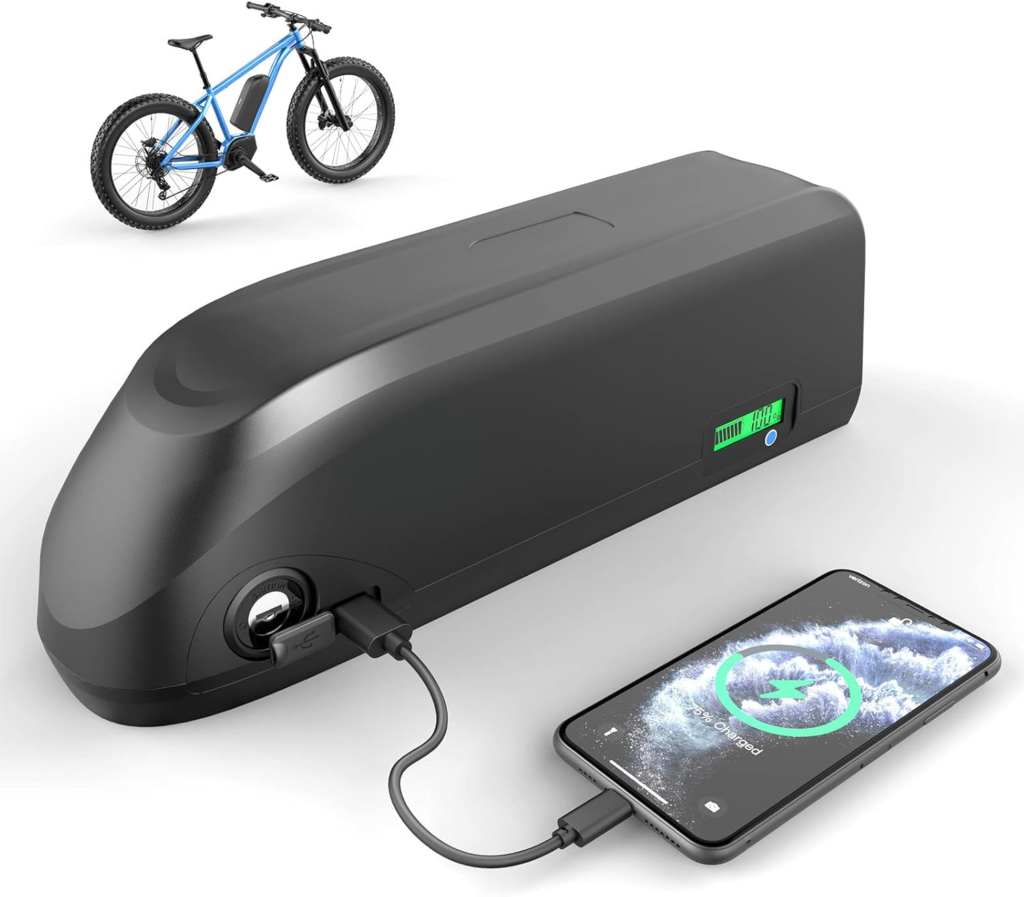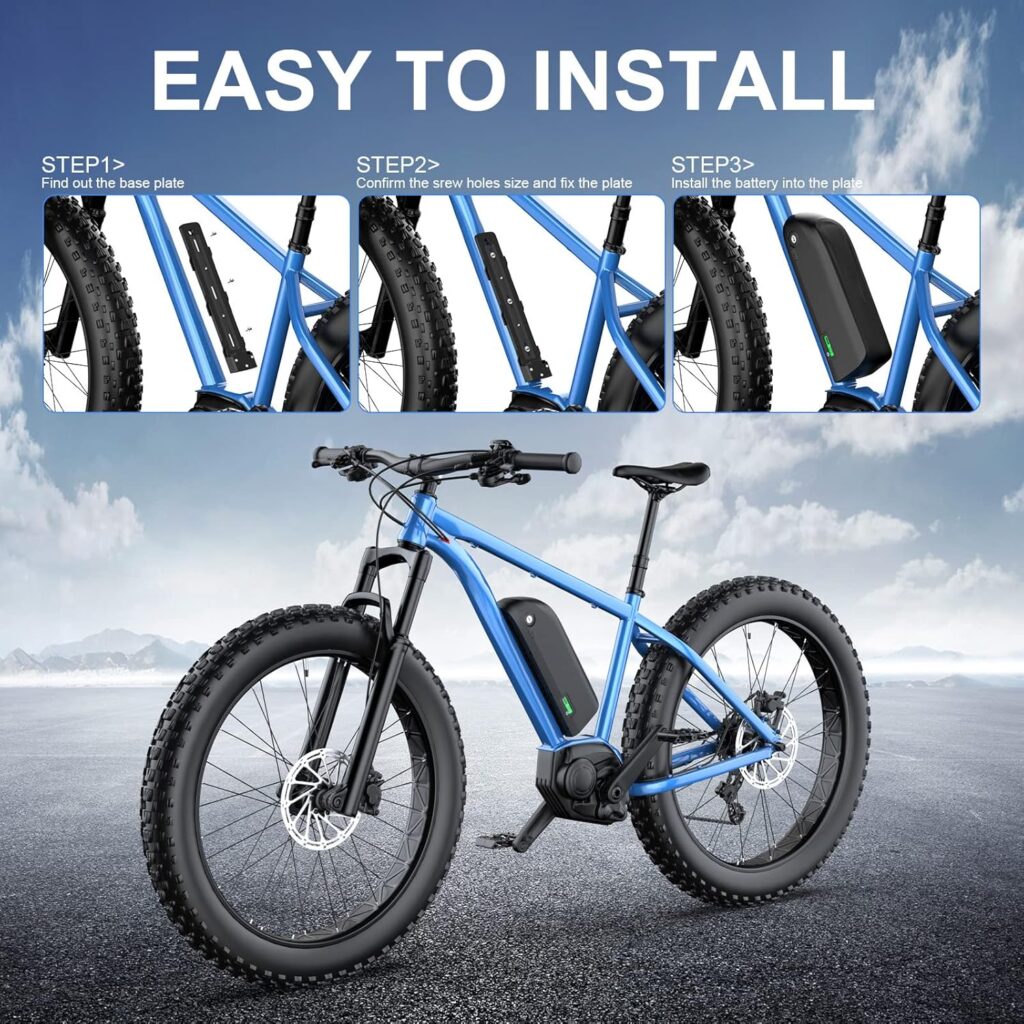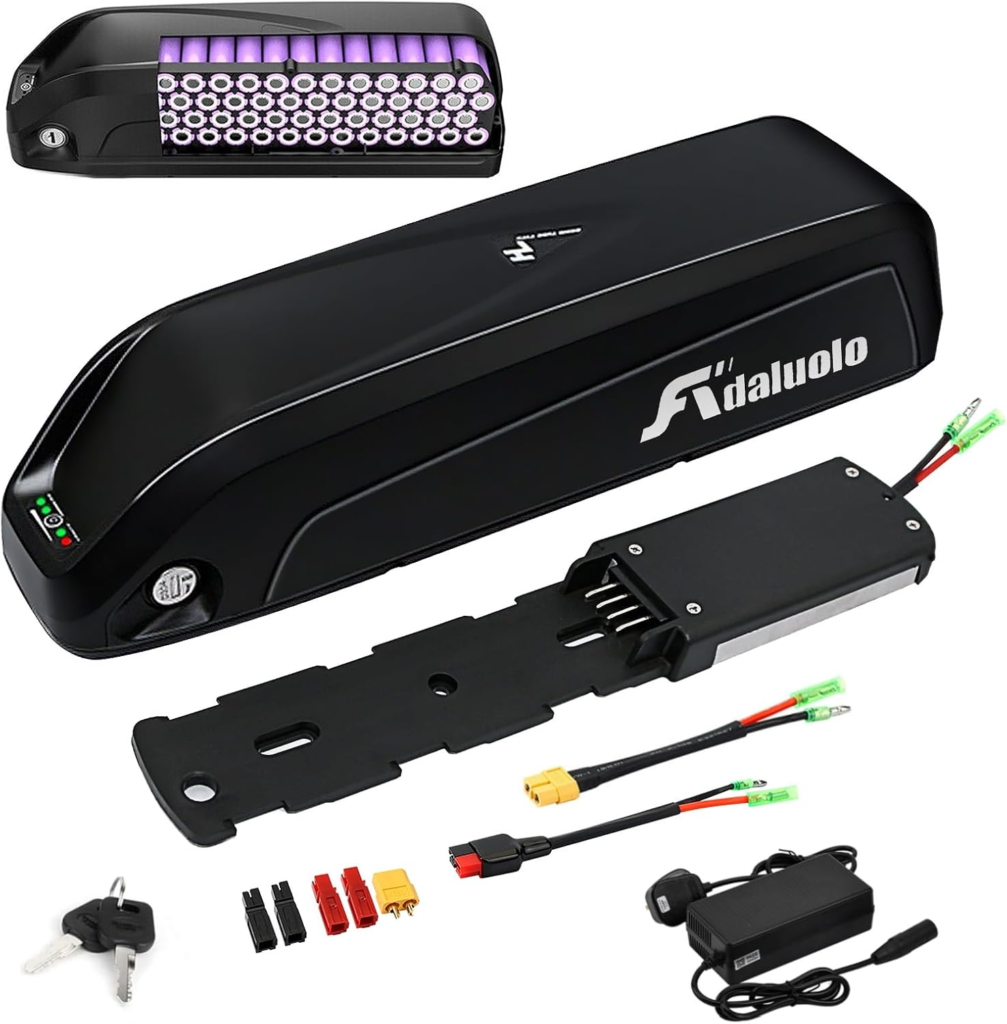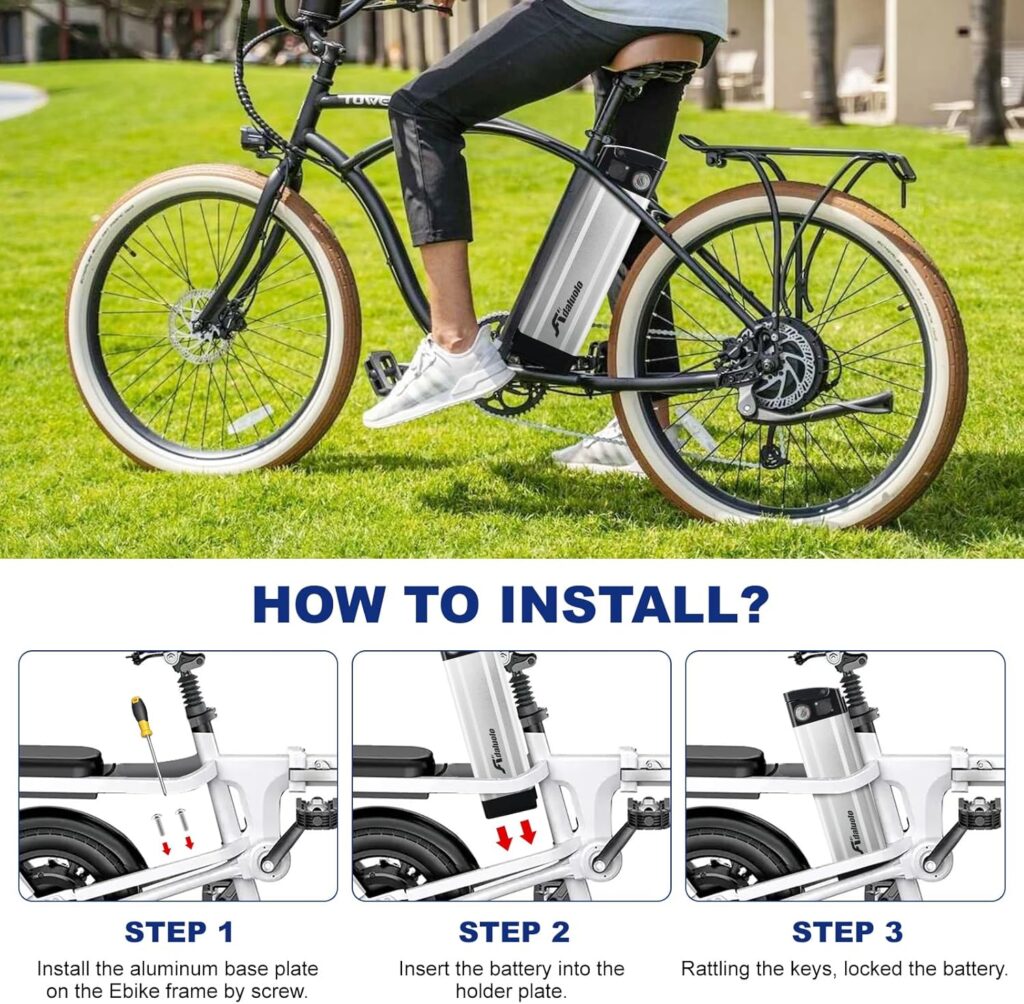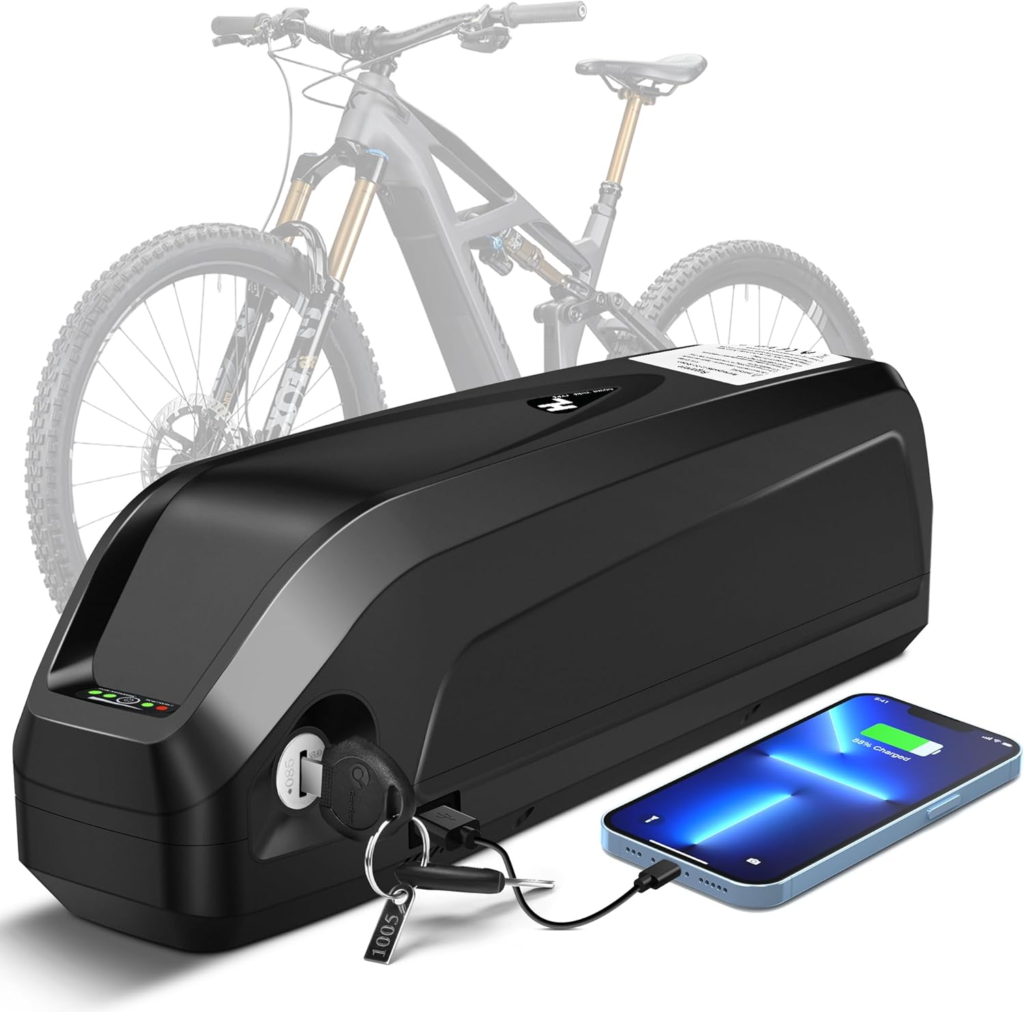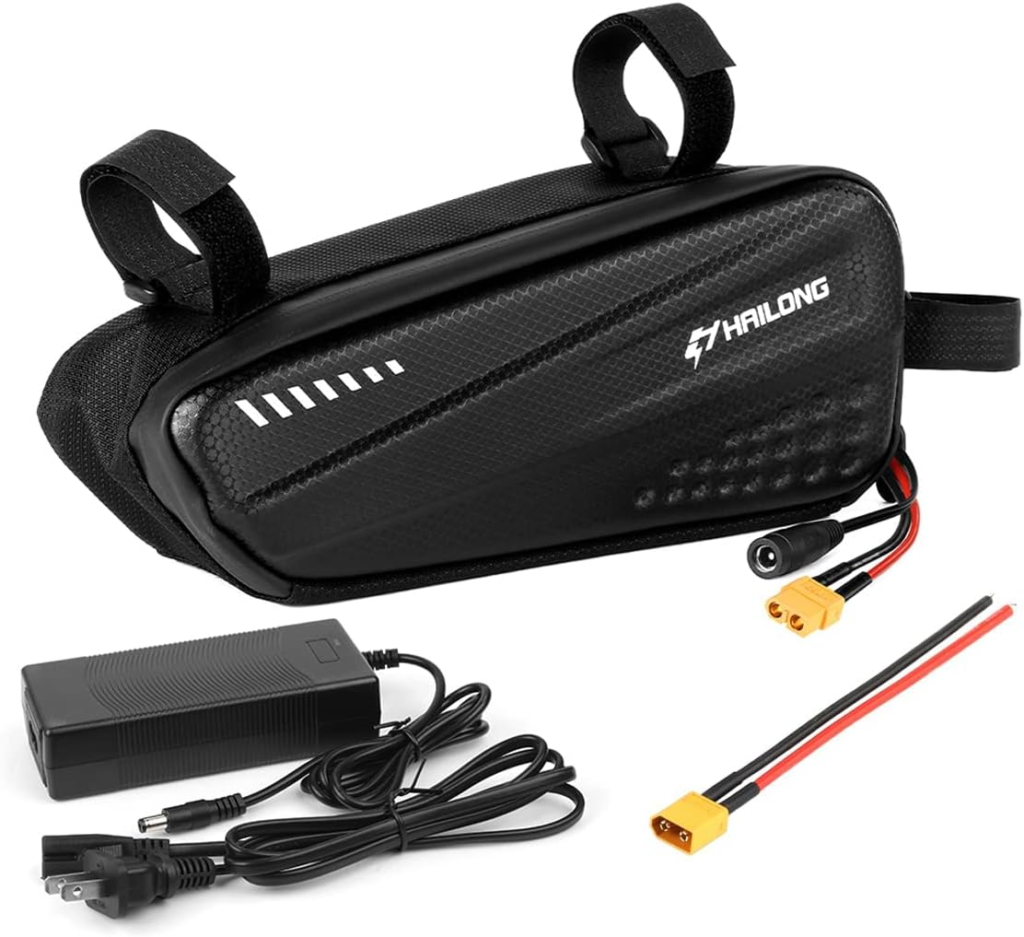E-bike batteries are the heart of your electric bicycle, providing the necessary power for your rides. Typically, these batteries last between 3 to 5 years, depending on usage and maintenance. Understanding how to care for and maintain your battery can significantly impact its longevity. By adopting proper charging habits, storage techniques, and riding practices, you can extend the life of your battery and get the most value out of your e-bike.
Understanding E-Bike Battery Types
Most modern e-bikes utilize lithium-ion batteries due to their high energy density, lightweight properties, and long cycle life. These batteries offer numerous advantages, including faster charging times and lower self-discharge rates compared to older technologies like lead-acid batteries. However, they also require proper handling to maintain their efficiency and longevity. Other types of e-bike batteries include:
- Nickel-Metal Hydride (NiMH): Offers longer life than lead-acid but is heavier and more expensive than lithium-ion.
- Lead-Acid Batteries: Affordable but heavy, with a shorter lifespan compared to lithium-based alternatives.
- Lithium Iron Phosphate (LiFePO4): A safer alternative to standard lithium-ion, with better thermal stability and longevity but at a higher cost.
Factors Affecting E-Bike Battery Longevity
Several factors influence the lifespan of your e-bike battery:
- Charging Habits: Overcharging or allowing the battery to drain completely can degrade its cells over time. A consistent charging routine prolongs battery health.
- Storage Conditions: Exposure to extreme temperatures, both hot and cold, can adversely affect battery health. Storing the battery in a cool, dry location can preserve its longevity.
- Usage Patterns: Consistently riding at high speeds, using maximum power settings, or frequently carrying heavy loads can increase strain on the battery and shorten its lifespan.
- Maintenance Practices: Regular cleaning, inspection, and proper handling can prevent premature battery degradation and failures.
Proper Charging Practices for Maximum Battery Life
To maximize the life of your e-bike battery, follow these best charging practices:
- Charge Before Full Depletion: Lithium-ion batteries last longer when recharged before they are fully depleted. Try to keep the charge level between 20-80% for optimal performance.
- Use the Manufacturer’s Charger: Avoid third-party chargers that may not have the correct voltage and current settings for your battery.
- Charge in a Well-Ventilated Area: Overheating during charging can degrade battery cells. Keep the battery in a cool, dry environment when charging.
- Unplug Once Fully Charged: Leaving the battery connected to the charger for extended periods can strain the battery and reduce lifespan.
Storage Tips to Preserve Battery Health
Proper storage of your e-bike battery, especially during periods of inactivity, is vital to maintain its longevity:
- Store at Room Temperature: Keep your battery in a place where temperatures stay between 40°F to 80°F (4°C to 27°C) to prevent cell degradation.
- Charge Partially Before Storage: If you won’t be using your e-bike for a while, keep the battery charge at around 40-80% to prevent it from becoming completely discharged.
- Avoid Humidity and Water Exposure: Moisture can cause corrosion and internal damage, so store the battery in a dry location.
Riding Habits That Impact Battery Performance
Your riding style plays a significant role in battery longevity:
- Gradual Acceleration: Rapid acceleration puts a strain on the battery. Instead, start slowly and build up speed gradually.
- Use Pedal Assist Mode: Using pedal-assist instead of full-throttle mode helps extend battery life by reducing strain on the battery.
- Ride at Moderate Speeds: Consistently riding at maximum speed drains the battery faster and reduces its lifespan.
- Avoid Excessive Climbing: If possible, choose routes with fewer steep hills, as inclines require more energy and can drain the battery faster.
Maintenance and Cleaning for Battery Efficiency
Regular maintenance ensures optimal battery performance and safety:
- Keep the Battery and Terminals Clean: Wipe the battery casing with a damp cloth and periodically clean the terminals to prevent dust buildup and corrosion.
- Inspect for Damage: Check for signs of wear, cracks, or swelling. If you notice any physical damage, consult the manufacturer for replacement options.
- Ensure Secure Mounting: Loose connections or excessive vibration can cause damage. Make sure your battery is securely attached to the e-bike.
- Update Firmware: Some e-bikes have software updates that optimize battery performance and longevity.
How to Maintain Battery Health – E Bike Batteries Explained
Common Mistakes That Shorten Battery Lifespan
Avoid these common mistakes to preserve battery health:
- Frequent Deep Discharges: Avoid fully discharging the battery before recharging.
- Using an Incorrect Charger: Always use the charger that is designed for your specific battery type.
- Leaving the Battery in Extreme Conditions: Avoid leaving the battery in freezing or excessively hot environments.
- Riding with a Damaged Battery: If your battery is damaged, replace it immediately to avoid potential hazards.
When to Replace Your E-Bike Battery
Even with proper care, e-bike batteries will eventually need replacement. Signs that indicate it’s time for a new battery include:
- Significantly Reduced Range: If you notice that your battery is holding less charge and covering shorter distances than before.
- Longer Charging Times: If your battery takes significantly longer to charge than usual, its capacity may have deteriorated.
- Physical Deformities: Swelling, cracks, or leakage are signs that your battery needs replacement immediately.
Recommended Battery Replacements
If you are in the market for a new battery, here are eight top-rated e-bike batteries that offer reliability and long lifespan:
- BUGARORE Ebike Battery Pack Power 52V 20Ah
- Voltage: 52V
- Capacity: 20Ah
- Compatibility: 500W to 1500W motors
- Features: USB port, security lock, Battery Management System (BMS)
- Unit Pack Power (UPP) 48V 13Ah Polly Battery
- Voltage: 48V
- Capacity: 13Ah
- Compatibility: 500W to 1000W motors
- Features: BMS protection, durable casing, easy mounting
- LG 52V 17.5Ah Shark Pack
- Voltage: 52V
- Capacity: 17.5Ah
- Compatibility: Various e-bike motors
- Features: High-capacity LG cells, durable design
- FoteGlewaBi 48V 20Ah Lithium-ion Ebike Battery
- Voltage: 48V
- Capacity: 20Ah
- Compatibility: 250W to 1500W motors
- Features: High endurance, easy installation
- Panda Cycle 48V 20Ah Samsung Cells 21700 Battery
- Voltage: 48V
- Capacity: 20Ah
- Compatibility: Multiple e-bike models
- Features: High-quality Samsung cells, 2-year warranty
- Adaluolo 36V 10Ah Electric Bike Battery
- Voltage: 36V
- Capacity: 10Ah
- Compatibility: 250W to 500W motors
- Features: 25-30 km per charge, 5-6 hours charging time
- BUGARORE Ebike Battery Pack Power 36V 13Ah
- Voltage: 36V
- Capacity: 13Ah
- Compatibility: 0-500W motors
- Features: USB port, security lock, BMS protection
- Voltage: 36V
- Capacity: 8Ah
- Compatibility: 250W to 500W motors
- Features: Waterproof case, secure mounting
Investing in a high-quality e-bike battery is crucial for ensuring safety, reliability, and longevity. When selecting a battery, consider factors such as compatibility with your motor, capacity requirements, and built-in safety features. Always purchase from reputable suppliers to guarantee product authenticity and support.
Recommended Battery Replacements
When seeking a replacement, consider high-quality options like the BUGARORE Ebike Battery Pack Power 52V. This battery offers a remarkable 5-year lifespan, providing extended riding time and minimizing the need for frequent charging. It’s designed for easy installation and includes a full set of accessories for a seamless experience. Additionally, it features a USB port for mobile device charging, a security lock to deter theft, and a Battery Management System (BMS) to prevent overcharge, overdischarge, overcurrent, and short circuits.
Conclusion
Extending the lifespan of your e-bike battery requires mindful care, proper charging habits, and regular maintenance. By avoiding common mistakes and investing in high-quality battery replacements when needed, you can maximize the performance and longevity of your e-bike. Whether you’re a daily commuter or an occasional rider, these best practices will help ensure your battery serves you well for years to come. Explore reliable battery and e-bike options from trusted brands to keep your rides smooth and efficient.


